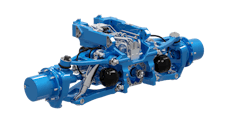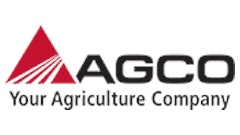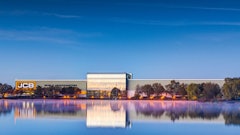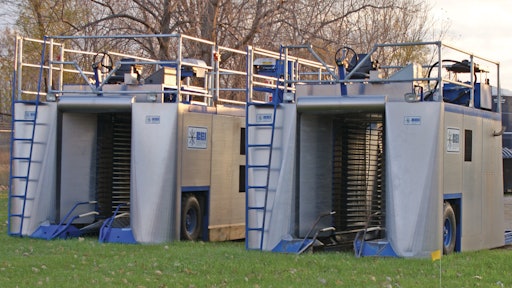
Currently growing on more than 64,000 acres in the Americas, jatropha is one of the fastest growing sources of alternative fuel. It is a drought-resistant plant able to grow in wasteland and without fertilizer, thus it doesn't need to compete with food crops for land. And, using it for fuel doesn't affect food prices, as the fruit itself is toxic.
BEI Intl. LLC, South Haven, MI, has a history of over 50 years of manufacturing agricultural harvesters. Max Lint, Bill Evashevski, and Rick and Jeff Mckibben (grandsons of co-founder H. Mckibben) purchased BEI in October 2008. The company's original intent was to manufacture blueberry harvesters, but since has come to manufacture many different types including those for grapes and more recently jatropha, the cornerstones being its blueberry and raspberry harvester designs.
Lint and his partners were looking into ways to diversify BEI's harvesting business when they were introduced to a nursery grower in Florida with the rights to distribute a variety of jatropha in North America. Able to be in the field and touch the fruit, BEI realized that, with a little design manipulation, its blueberry harvester could collect jatropha.
"Jatropha has been around for a while," says Lint, "but is getting more popular because of the yield and number of varieties that have been created in nurseries that are able to handle less irrigation and withstand many different types of environments." There are plantings in Florida, Texas, California and Mexico, and the fuel source has helped launch biodiesel programs in India, Indonesia, Brazil, Chile and other regions.
Unfortunately, a majority of jatropha is harvested by hand. With 35 to 50% of the total production cost of biodiesel expected to come from jatropha, maximizing harvesting efficiency is key. "Manually harvesting jatropha is not conducive because of the toxicity of the berry," says Lint. Plants are pruned to six to eight feet for maximum yield. At that height manual harvesting would involve ladders, and with tens of thousands of acres to harvest, that's a lot of people and a lot of time. "Mechanical harvesting allows for 24-hour harvesting at a faster and more efficient pace," he says.
Berries to biofuels
A benefit of raising a fruit that is not sold whole like blueberries is being able to use a more aggressive form of harvesting. The conveyor system on BEI's blueberry machine was changed and less concern was given to separating the fruit from the stems and leaves. Jatropha harvesters often want the extras for feed stock, so the fruit is able to be bulk loaded.
The jatropha pod holds two to three seeds that contain around 50% oil used for biodiesel production. "There's a process BEI has to husk the jatropha so you end up with just the seeds. The seeds are then cold pressed to extract the oils," Lint says.
A majority of the engineering is done in-house. BEI works with many suppliers for components, including Cummins engines and Eaton's hydrostatic transmission. "The engine is actually above one of the rear tires on current harvesters," says Lint. That configuration allows for space saving and driving ease, but also highlights the importance of hydraulics, as you don't need a mechanical linkage to the wheels anymore.
A.S.V. Inc., manufacturer of compact rubber track loaders, undercarriages and traction products, recently acquired by Terex Corp., supplies the track systems to BEI. When Lint and the rest of the partners took over BEI, the company had been using imported track systems as well as ones designed in-house. A.S.V. was a respected U.S.-based company that the BEI owners wanted to utilize. "Customers appreciate the relationship, as well, especially in the long-term," says Lint.
Centipedes in the field
No, not the 100-legged arthropod. Jeff Mckibben patented a catch pan system for the harvesters called the Centipede Scale System. This system increases the yield of the fruit by 15-30%, and eliminates a lot of the potential damage to the bush while being harvested.
"The catch pan system wraps around the bush much tighter than other systems in the market and keeps the fruit from falling on the ground as the machine passes through the rows," says Lint.
The Centipede Scale System comes on every new harvester BEI puts out, and is retrofittable to any harvester in the industry, including competitors'.
As the economy has gotten worse, growers are more cautious of their spending. Blueberry prices, for example, are down, making each piece more valuable, making the Centipede Scale System an important and affordable retrofittable system to increase yield. And, with the growing interest in jatropha biofuels, increasing efficiency from manual to mechanical, and then enhancing the mechanical efficiency with the Centipede Scale System could bring in bountiful savings.







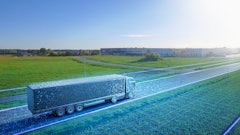


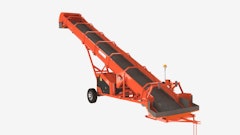

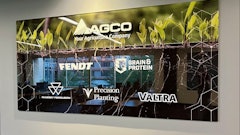

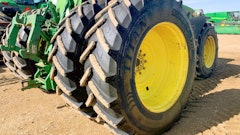

![Cross Control Ag Terminals[1]](https://img.oemoffhighway.com/files/base/acbm/ooh/image/2023/11/CrossControl___Ag_Terminals_1_.6557daeb42a70.png?auto=format%2Ccompress&fit=crop&h=135&q=70&w=240)
